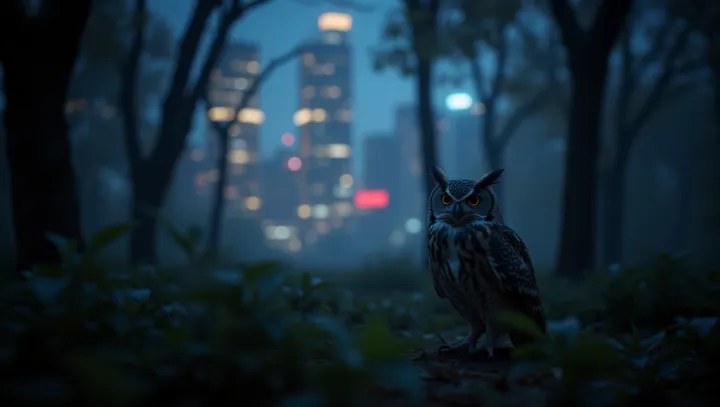The Night's Unseen Threat

Artificial lighting in urban areas is having a profound impact on nocturnal animals, disrupting their natural behaviors and threatening survival. With cities expanding rapidly, light pollution has become an insidious issue demanding urgent attention. The once familiar cloak of darkness that allowed nocturnal species to thrive is being steadily eroded by streetlights, billboards, and city lights.
Species such as bats and owls are experiencing decreased hunting efficiency as their environments become unnaturally bright. This not only affects their food intake but also has a cascading impact on the prey populations. Furthermore, the reproductive cycles of many nocturnal beings are being disrupted.
Many rely on natural night cues for mating rituals, and their interruption can lead to decreased reproduction rates. Ultimately, this situation jeopardizes entire ecosystems, as biodiversity is a cornerstone of environmental stability. Experts like Dr.
Silvia Martinez from Oxford University assert that 'light pollution must be regarded as a significant environmental threat.' She advocates for stricter lighting regulations and increased public awareness to mitigate these impacts. Efforts must be focused on developing wildlife-friendly lighting and preserving dark sky areas. As humanity continues its urban expansion, balancing technological advancement with natural preservation becomes ever more crucial.
